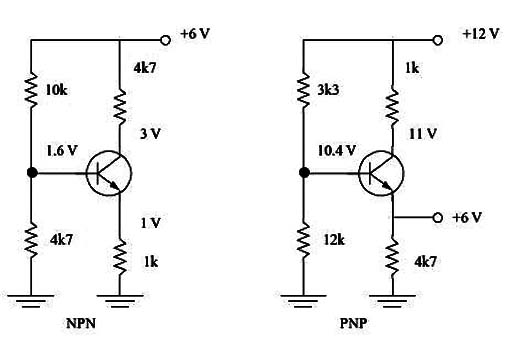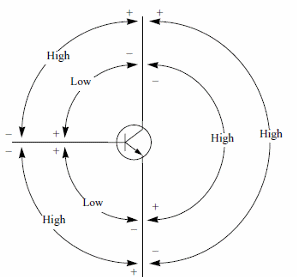The main test that we can made is measure the voltages in the leads of the transistor using a multimeter.
As a general rule, the collector voltage is higher than the emitter voltage in a NPN transistor and the inverse in a PNP transistor as shown by figure 1.

The base voltage is 0,6 V to 0,7 V above the emitter voltage in a NPN silicon transistor and the same bellow the emitter voltage in a PNP silicon transistor. In old germanium transistors the difference is 0.2 V. If the voltages are different the biasing resistor or pther elements surrounding the transistors can have problems.
The static test of a transistor, or the test out from a circuit, is made measuring the resistance between the elements (EBC) using a multimeter. It is a "junction test" where we verify if the two junctions (base-emitter and base-collector) are okay.
The basic test consists in "see" the two "virtual" diodes correspondent to the two junctions are good. So, it is enough to adjust a multimeter to a low resistance scale and make six measurements in a transistor to test it.
Figure 2 shows how to do these measurements.

When placing the probes between base/collector and base/emitter one measure must be of a high resistance and the other a low resistance . Both measures when placing the probes between collector and emitter must result in a highresistance reading. Any different result indicates a transistor with problems (short or open).
If when the expected resistance is high (more than 1,000,000 Ω) and we find some value between 20,000 and 500,000 Ω, we say the transistor present losses. It is also a bad transistor.